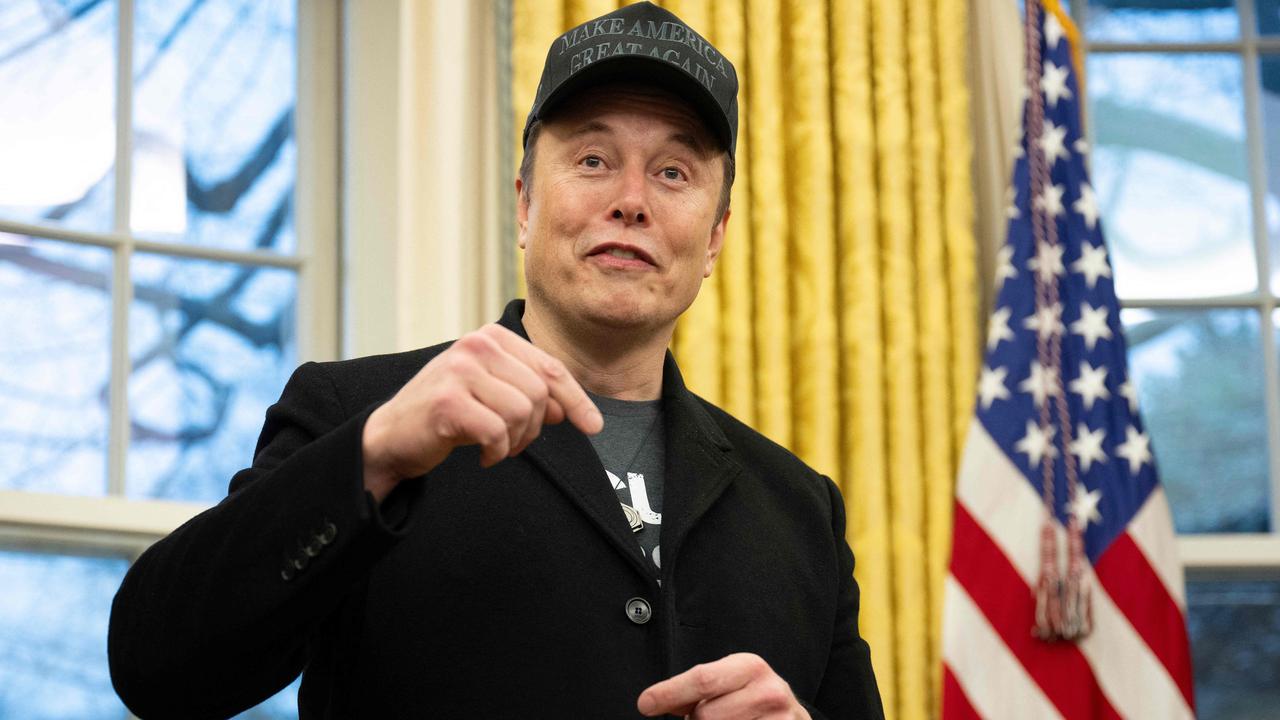How political campaigns use geofencing to track you
Political campaigns are gathering a disturbing amount of information about you.

When US President Donald Trump took to the stage last month in Fayetteville, North Carolina, to support Republican candidate Dan Bishop in a special election, thousands of people showed up. Bishop was seeking their support. An outside Republican group was looking for something more. It wanted their data.
Unknown to the crowd, the Committee to Defend the President, a Republican political action committee that supports Trump, had hired a company to collect unique identification numbers from attendees’ smartphones that evening, based on location data those phones were sending to third parties. The goal was to target ads at people it could drive to the polls the next day. Bishop won by about 3800 votes.
The PAC now plans to use the technique, called geofencing, in the run-up to the 2020 presidential election in about half a dozen swing states to find people who may not be registered to vote, says its chairman, Ted Harvey.
“It’s another aggressive, on-the-ground effort to get those people identified,” Harvey says.
Political parties and outside groups are increasingly tapping into a new source of data: your smartphone. That is allowing for more granular — and sometimes invasive — voter targeting than has been used before.
Armed with this data, campaigns can track down and segment potential voters based on apps they use and places they have been, including rallies, churches and gun clubs. In some cases, voters might see an ad on their mobile phone. In others, companies can match data to a specific person, allowing campaigns to determine who gets a fundraising call or a knock on the door.
In September last year, the campaign of then Senate candidate Beto O’Rourke was able to identify some attendees’ mobile device ID numbers during a rally with musician Willie Nelson.
A company collected the unique ID numbers of phones that pinged their location while at the event, according to people familiar with the Senate campaign. The company, working with an O’Rourke campaign consulting firm, matched some of those IDs with contact information, such as email addresses. The resulting list allowed the campaign to follow up with those contacts later on.
“It’s just a neat idea, and it worked,” one of the people says.
Political campaigns have long compiled exhaustive lists of all registered voters from state offices or other groups. They later supplemented that with demographic and purchasing information from data brokers, in an approach called “microtargeting” that has been used for years.
Now, detailed information gathered from smartphones is adding a new dimension to those techniques. “It’s the marriage of the online and offline data about the individual — that’s the biggest force multiplier,” says Justin Miller, a political data consultant who has worked on campaigns for Barack Obama and Hillary Clinton.
While some are treading more lightly in data collection in the wake of the Cambridge Analytica scandal, in which a data firm tied to Trump’s 2016 campaign improperly accessed data of Facebook users, others are forging ahead until there is a consensus on where the lines will be drawn.
“I would gladly trade job security for more privacy,” says Miller. “But since we don’t have it, I’ll keep building models.”
Among the most personal — and powerful — pieces of information available about voters is their location histories. Many popular smartphone applications frequently broadcast their location to an array of online data brokers and advertising companies. It can come through code called software development kits (SDKs) hidden inside apps, or as part of the information that apps auction off to ad companies.
Generally, apps ask for permission to access users’ location, and apps may need to be open to transmit that data. Apps get better ad rates — and are sometimes paid directly — when they send this data to advertisers and brokers.
Such precise location data can, over time, reveal where you live and work. It can also lead to more personal insights such as when you go to the gym, which doctor you frequent or how often you attend religious services.
Companies can tie location data to an individual’s identity by matching an advertising ID number associated with a phone to customer information or by matching the address where a phone pings at night with lists purchased from data brokers.
Textfree, a texting and calling app ranked among the most popular lifestyle apps in the US, sends latitude and longitude data, along with a unique ID, to multiple tech companies that help supply ads, including Rubicon Project and OpenX Technologies, often many times per minute, according to the testing by The Wall Street Journal.
Other companies can tap that flow of advertising information, known as the “bidstream”, either directly or through intermediaries, according to industry executives.
That allows such companies to track locations over time or — as in the case of Harvey’s Committee to Defend the President — draw a fence around a location and identify devices that were there at a given moment.
Greg Woock, chief executive of Pinger, the maker of Textfree, says the company is “clear about advertising in our terms of service” and users can decline to share their location in their phone settings.
During last year’s mid-term elections, conservative advocacy group CatholicVote drew on information harvested from SDKs in mobile apps to identify people who had set foot in Catholic churches at least twice within 60 days and assigned them a “religious intensity score” based on the frequency of their visits, according to the group and a consulting firm that worked for it.
CatholicVote used that information to target roughly 600,000 people with ads for five Senate races, mostly in the Midwest.
One ad in Missouri in support of Republican Josh Hawley for US senator called his opponent, Democrat Claire McCaskill, “anti-Catholic’’. Hawley won.
His 2018 campaign manager, Kyle Plotkin, says the campaign was unaware of the targeting.
“It’s no secret that the more often you go to church, generally the more conservative you are,” says CatholicVote president Brian Burch, who said the technique was more successful than other methods of targeting Catholics.
CatholicVote and its consultants said they didn’t match names with the smartphone data, only individuals’ home addresses.
In the future, Burch says he hopes to use geofencing to select which volunteers to send to visit which homes. “You’re far less likely to slam the door in the face of someone you’re going to see the next week in church,” he says.
Many apps’ privacy policies say they gather user locations to help target advertising but the use of such data for political purposes is rarely disclosed prominently, if at all. Data collection from apps is generally legal in most states, as long as it is disclosed.
The US Federal Trade Commission can investigate if it believes users should have been told more specifically of certain uses of their data.
In the EU, a new privacy law usually forbids collection of certain types of sensitive data — such as about one’s religion, health or political opinions — without explicit consent.
The Wall Street Journal
How to limit location tracking
■ You can make it harder to associate phone data with your real identity by telling your smartphone to periodically reset a unique identifier known as an advertising ID. (All instructions may vary depending on your phone.)
iOS
In settings, go to “Privacy” then tap on “Advertising”. Click “Reset advertising identifier”. You can also turn on “Limit ad tracking”, which doesn’t stop the use of the identifier completely but, under Apple’s rules, obliges developers to use the identifier for limited purposes.
Android
In the settings app, tap on “Google”, then “Ads”, then “Reset advertising ID”. You can opt out of ad personalisation as well.
■ You can also limit how apps track and share your precise location. Some apps may not work without location access — such as a map app for directions — but you can often set them to track your location only when they’re in use.
iOS
In settings, tap on “Privacy”, then “Location services”. Tap on individual apps to select whether and when to allow them to access your location. Then scroll down and tap on “System services” within “Location services”. Turn off “Location-based Apple ads”.
Android
Open the settings app. Tap “Location” or, depending on your phone, scroll to “Security & location” or “Advanced” and tap “Location”. You can see a list of apps that can access your location. To turn off their ability to do so, tap on “App permission” or “App-level permissions” and select individual apps. On at least some Samsung phones, you’ll need to go to “Connections” and tap “Location”, where you’ll see a list of apps that recently used your location data. After tapping on them, you can disable their location permissions.


